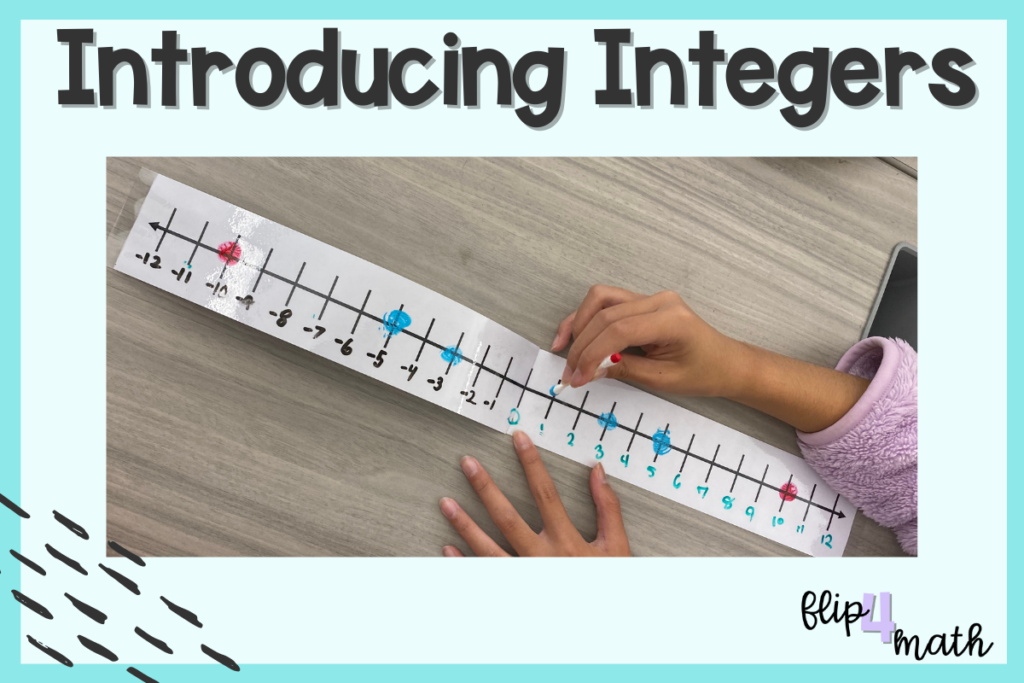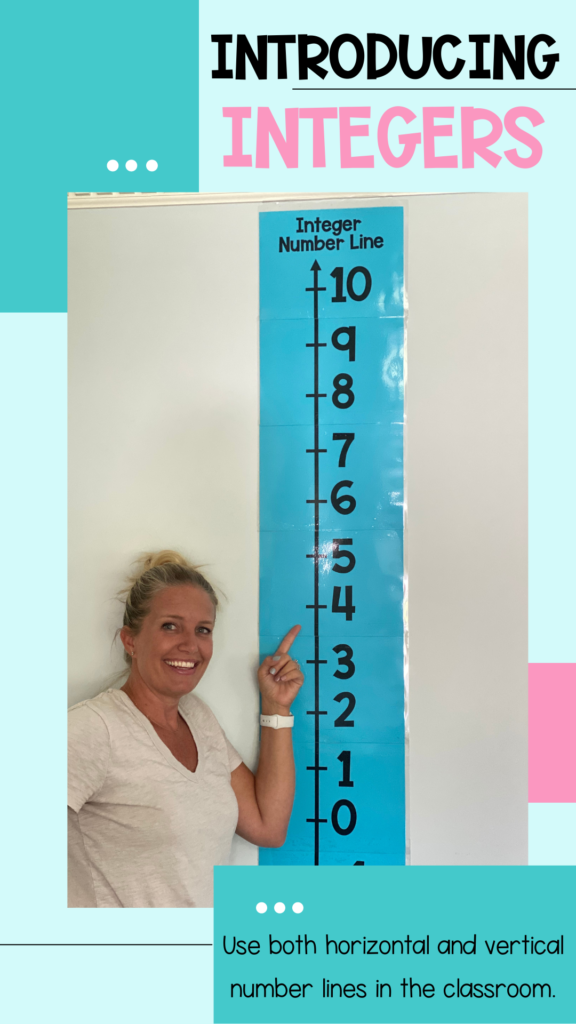Honestly, math is one of the most complex subjects for students to understand. Due to math anxiety and confusing vocabulary terms, mastering skills is incredibly tough. However, math is everywhere in the world! Thus, students genuinely need to comprehend the material taught. Often, this means teaching concepts in various ways to reach all students. While this may take a lot of creativity, it will be worth it as students become confident math learners. Thankfully, there are already many great ideas out there to help teachers plan. For instance, the 3 ways of introducing integers below will help students understand the material through enjoyable activities.

Real-Life Connections
Often, students have a hard time connecting the material in the classroom to life in the real world. Likewise, they struggle with understanding how life requires them to use what they are learning. Hence, teachers need to build these connections into lessons.
When introducing integers, it is essential for students to understand how they use integers all the time. For instance, whenever students look at the weather, they use integers with temperature. Hence, students rely on integers whether hoping for a snow day or a day at the beach. Additionally, if students live by the water, they use integers for sea level. Or, they may read different sea-level reports to see what is going on with the water. Thus, it is the perfect way to show students how they look at integers without even realizing it.
Concrete Methods
If you think back to your math education, it probably involved using paper and pencil. While these two components are still essential, it is simply not the way that many students learn. Instead, they need to use their hands, move around the classroom, and use manipulatives to remain focused. Thus, when introducing integers, I love to bring out the paint! Yes, we use paint in math class! Best of all, students love these lessons, which means they naturally learn the information on a deeper level.

To begin, have students label whole numbers on dry erase number lines. For instance, this could be 0, 1, 2, and 3. However, it can be through whatever number makes sense based on the students. After this, students put a dot of paint on a specific number, such as 3. Then, students fold the number line at zero. Next, magic happens to help students understand positive and negative integers. After being instructed to open up the number line, students should notice another dot of paint. It will be essential to allow students to reflect on which number the new dot appears. In this case, it would be -3. Then, repeat this process and have students discover the different integers. Honestly, this is an incredible way to show students positives and negatives when introducing integers!
Different Formats for Introducing Integers
Many times, students need to see the same material presented in different ways. This is especially true with number lines. Specifically, it is crucial to show number lines as vertical and horizontal. Often, students will not realize that a number line can be set up either way. To help students visualize this setup, using an enlarged vertical number line set up, like a thermometer, is helpful! For instance, I will ask students which number is smaller with -3 and -10. As a helpful hint, I will remind them to think about temperature and which would be colder. Thankfully, this aspect builds confidence in students as they may not have realized they’ve been using number lines for years!
Based upon the students, more paper and pencil work may be needed. Or, more hands-on activities may be used. Ultimately, lesson plans can change by class period and the year. Thankfully, the Integers Interactive Notebook provides a ton of practice to meet the needs of all students! For instance, there are foldables on understanding integers, rational numbers, absolute value, and graphing points. Additionally, students will practice distance on the coordinate plane and comparing and ordering integers. This resource will ensure students have plenty of practice at working with integers.
Why do I love introducing integers?
When introducing integers, there is no set way that is better than others. Ultimately, it depends on the students and how they learn best. Thankfully, the ideas above will help ensure that lessons on introducing integers are exciting, creative, and supportive. You might also like this graphing inequalities blog post!
If you do not want to miss any of the upcoming lessons, join my email list to be notified of all the interactive lessons coming up! By joining the email list, you will also receive freebies for blog exclusive subscribers, such as a Vertical Number Line. Additionally, email opt-in subscribers will receive Dry Erase Number Lines.







